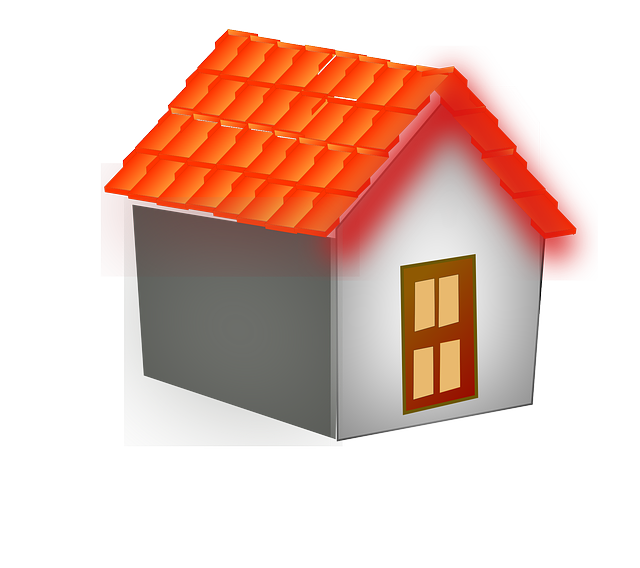Residential roofing coatings are advanced solutions that transform traditional roofs into high-performing systems. They offer multi-layered protection against water, extreme temperatures, UV rays, and algae growth, significantly extending roof lifespans. With options tailored to various materials like asphalt shingles, metal, tile, and slate, these coatings enhance energy efficiency by reflecting heat and reducing cooling costs. The installation process requires careful preparation and adherence to manufacturer guidelines for optimal results. Regular inspections are crucial for maintaining the integrity of residential roofing systems coated with durable, flexible, and breathable layers. Additionally, sustainable roof coatings contribute to environmental preservation by minimizing waste and carbon footprints associated with traditional materials while providing superior insulation.
Roof coatings are transforming the way we protect our homes. In this comprehensive guide, we explore the revolutionary world of Residential Roof Coatings. From understanding the basics to uncovering advanced benefits, we delve into how these innovative solutions enhance durability, energy efficiency, and the overall health of your roof. Discover the diverse coating options tailored for various roofing materials, installation best practices, and the surprising environmental advantages. Elevate your home’s protection with the latest in residential roofing technology.
Understanding Residential Roof Coatings: An Overview
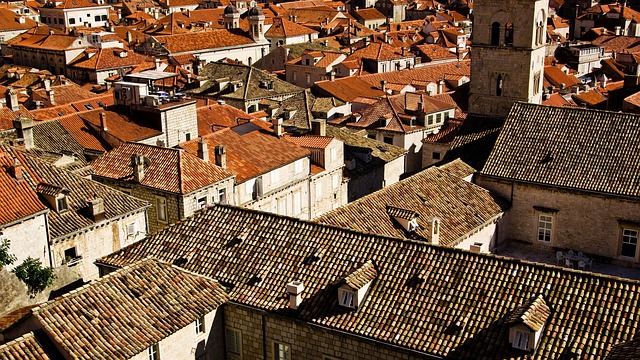
Residential roof coatings have emerged as a game-changer in the realm of residential roofing, offering numerous benefits that extend far beyond traditional protection. These advanced solutions are designed to safeguard roofs from the relentless elements, while also enhancing energy efficiency and the overall longevity of a home’s most vital structural component. In today’s digital era, homeowners are increasingly aware of the importance of sustainable and cost-effective solutions for their properties.
Roof coatings provide an effective barrier against water penetration, extreme temperatures, and damaging UV rays. They work by sealing and strengthening the existing roof surface, preventing leaks, and reducing the need for frequent repairs or costly replacements. With a wide array of options available, from reflective coatings that lower cooling costs to high-performance sealants designed for superior protection, residential roofing has never been more versatile. This overview highlights the essential role coatings play in modern home maintenance, ensuring folks can make informed decisions about their roof’s health and overall energy efficiency.
Benefits of Applying Roof Coatings in Homes
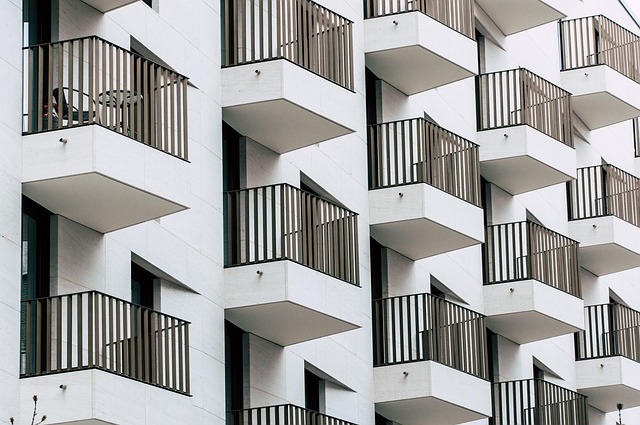
Roof coatings for residential properties offer numerous advantages that can significantly enhance the longevity and performance of your home’s roofing system. One of the key benefits is extended roof life, as these protective layers safeguard against harsh weather conditions, including intense sunlight, extreme temperatures, and damaging precipitation. By reflecting heat and preventing water penetration, roof coatings can reduce wear and tear caused by thermal expansion and contraction.
Additionally, applying residential roofing coatings improves energy efficiency, leading to reduced cooling costs during hot summers. The reflective properties of these coatings help keep the interior of your home cooler, thereby decreasing the reliance on air conditioning. Moreover, they provide an extra layer of protection against stains, algae growth, and other aesthetic issues that can depreciate your home’s value.
Types of Coatings for Different Roofing Materials
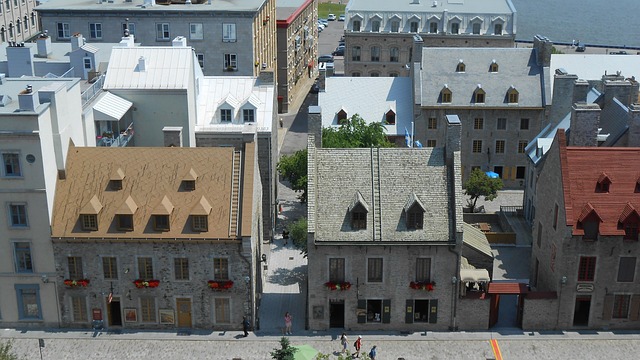
When it comes to residential roofing, choosing the right coating is essential for protecting your home’s most vital component. The market offers a diverse range of options tailored to specific roofing materials. For instance, asphalt shingles benefit from reflective coatings that reduce heat absorption and lower cooling costs. Metal roofs, on the other hand, can extend their lifespan with protective coatings designed to resist corrosion and maintain their aesthetic appeal.
Tile and slate roofs, known for their durability, also have specialized coatings. These coatings enhance the natural water-repellent properties of these materials, ensuring long-term protection against moisture intrusion. Each roofing material has unique characteristics, and selecting a compatible coating ensures optimal performance, enhancing the overall durability and longevity of the residential roof.
Installation Process and Best Practices

The installation process for residential roof coatings involves several best practices to ensure optimal protection and longevity for your roofing system. It begins with thorough preparation, including cleaning the roof surface to remove dirt, debris, and existing coating imperfections. This step is crucial as it ensures the new coating adheres properly. After cleaning, a primer may be applied to further enhance adhesion and seal any minor cracks or holes. Once dry, the chosen roof coating—whether acrylic, polyurethane, or silicone—is evenly spread across the surface using specialized tools like brushes or rollers.
Proper application techniques are key to achieving maximum performance. This includes maintaining a consistent coat thickness, ensuring even coverage without overlaps or gaps, and adhering to manufacturer guidelines for drying times between coats (if applicable). Regular inspections during and after installation are also essential to catch any issues early on. By following these best practices, homeowners can enjoy the benefits of enhanced roof protection, improved energy efficiency, and extended residential roofing lifespans.
Longevity and Maintenance: What to Expect
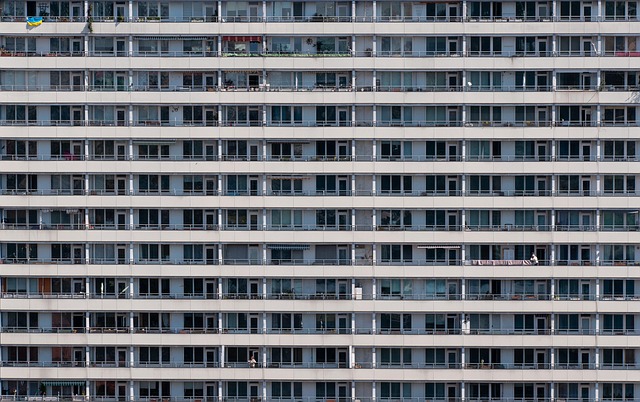
When it comes to residential roofing, longevity and maintenance go hand in hand with the right roof coating. These advanced protective layers are designed to extend the lifespan of your roof, often by a significant margin. By shielding against harsh weather conditions, UV rays, and general wear and tear, coatings can keep your roof in top condition for years to come. This not only reduces the need for frequent repairs but also minimizes the potential for costly replacements.
Expect a well-applied residential roofing coating to offer durability, flexibility, and breathability—all vital attributes that contribute to its longevity. Regular inspections are still recommended to ensure the coating remains intact and effectively protecting your home. Over time, coatings may need reapplication to maintain their effectiveness, but with proper care, they can provide substantial savings and enhanced protection for your residential roofing system.
Environmental Impact and Sustainability Considerations
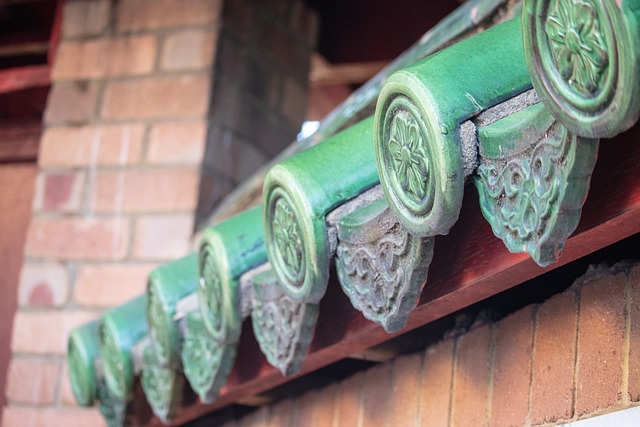
In the realm of residential roofing, environmental impact and sustainability are increasingly important considerations for homeowners and contractors alike. Traditional roofing materials often contribute to a significant carbon footprint due to their production, transportation, and disposal processes. Fortunately, residential roof coatings offer a more eco-friendly alternative. These innovative solutions not only extend the life of roofs but also reduce waste by minimizing the need for frequent replacements.
Sustainable roof coatings are designed to withstand harsh weather conditions while offering excellent insulation properties, helping to regulate indoor temperatures and lower energy consumption. Additionally, many modern coatings are made from recycled materials or biodegradable compounds, further mitigating environmental damage. By opting for eco-conscious roofing options, homeowners can contribute to a greener future without compromising on the durability and aesthetics of their homes.
